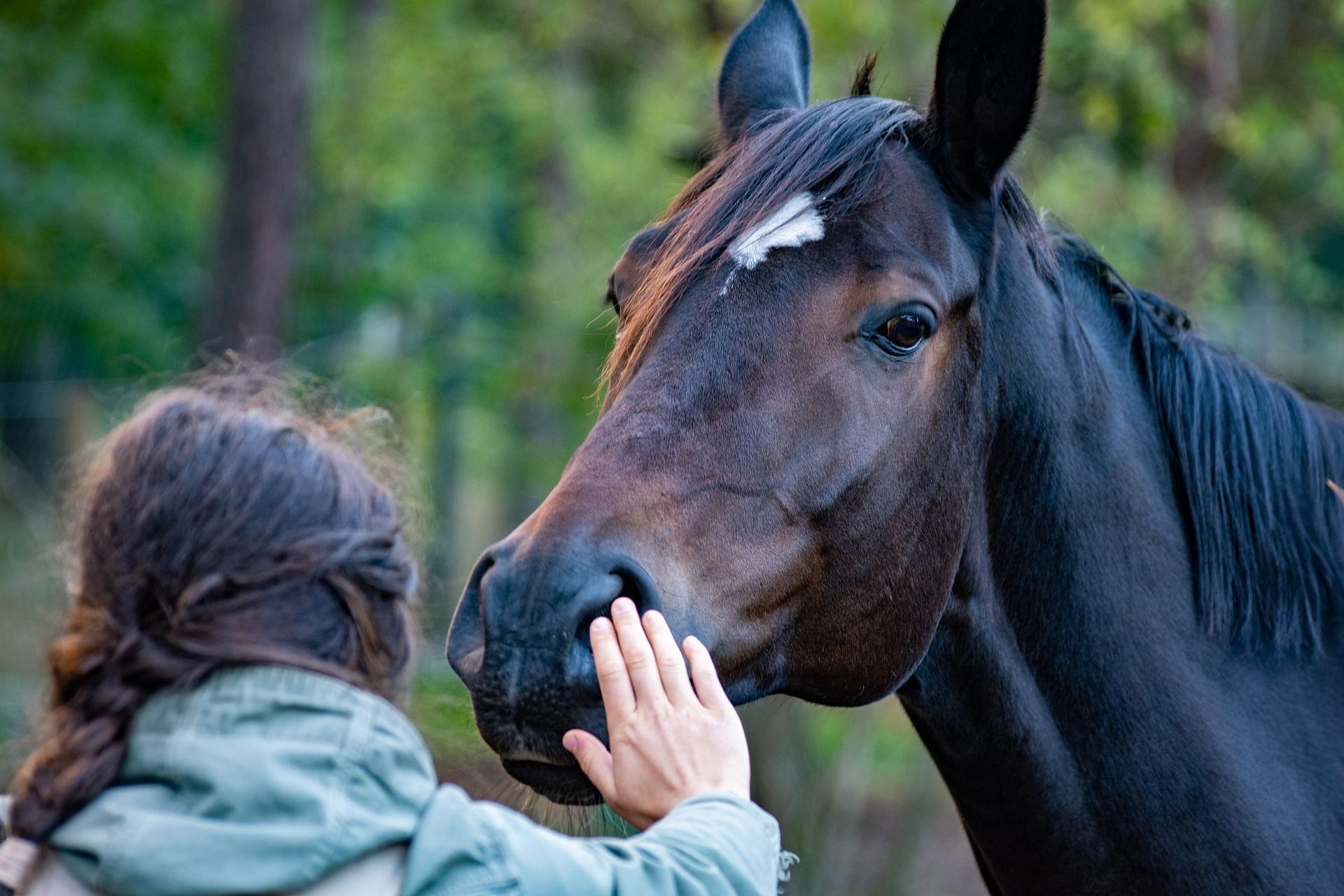Connection Misdirection
Connection Misdirection?

Do you find it ironic that many practices promote ‘driving’ exercises to refocus a horse and gauge some form of connection?
It could be just the way I look at things, but to me, the addition of increasing pressure to a horse whose mind is occupied elsewhere, does not really help the horse in seeing the handler as one of reliability.
When we add driving pressure, in this case I will refer to the addition of a stimulus such as a whip, tail-end or a flag used to an excessive degree, we do so with the intention of ‘making’ the horse respond to us by moving their feet.
When a horse is concerned about something happening outside of the arena, there are multiple factors as to why this horse may be distractable and has not yet obtained the mental growth to be able to cope with multiple aspects happening around them, especially if they find them concerning.
The addition of pressure and movement can activate an already fluctuating nervous system where movement then gets wired in the sympathetic (flight/fight) response, with certain and forward movements becoming associated with this.
Don't get me wrong, there is a time for asking your horse to lead by, some exercises at distance and cues, whichever way you apply them, to bring together physical exercises to promote relaxation in the body and focus in the mind and work on communication at a greater length, but when used inappropriately in the wrong set-up, it creates anything but connection; it creates dysfunction.
If I am working with a horse that is distracted, I want to access their mind in a way which will not push them towards a threshold, and bring them back to their immediate body; this can look a little different depending on the individual horse, the context and the space we have available.
Using this approach I often find promotes a down-regulation of the horses response, a softening of the body and some attentiveness to what has just been done, making anything we decide to work on afterwards much easier to implement.









